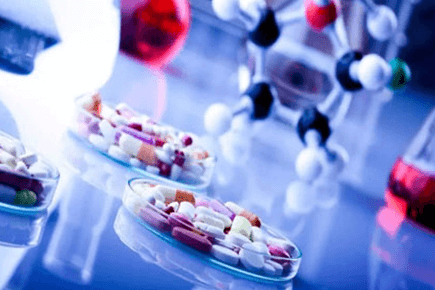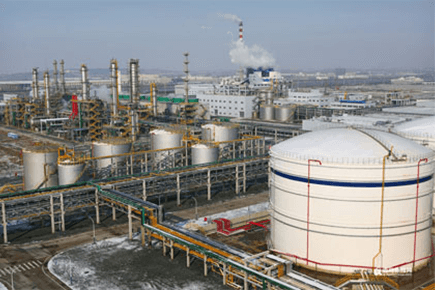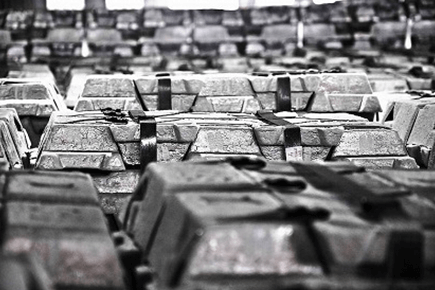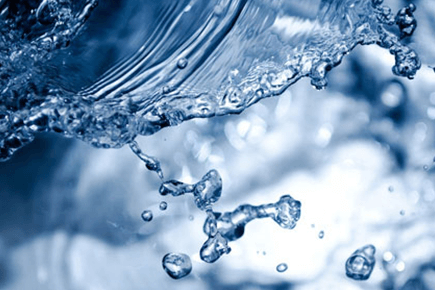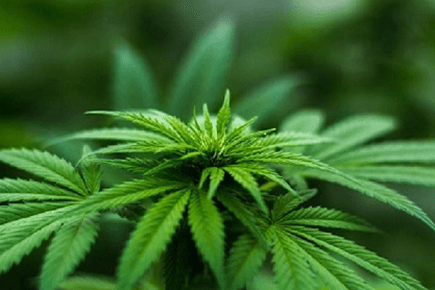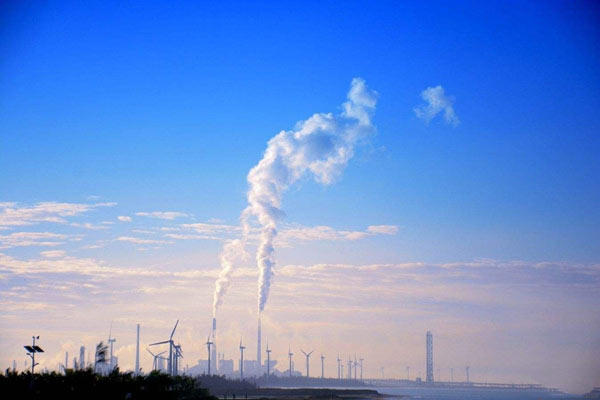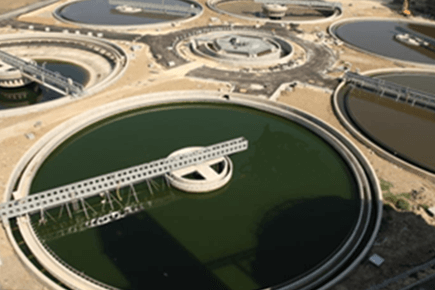
Selection of Ion Exchange Chromatography Media
The process of separation and purification of biomacromolecules by ion exchange chromatography is mainly carried out by using the dissociation properties of various molecules, the net charge of ions, and the electrical difference of surface charge distribution. It has become one of the most frequently used purification techniques for the separation and purification of biochemicals, proteins, peptides and other substances.
In the separation and purification, the column is required to have high loading capacity, easy operation and long service life. The separation medium is the most important factor. Therefore, the selection of the separation medium is particularly important.
1. Selection of varieties:
A suitable ion exchange chromatography medium should be selected according to the type of charge, the size of the molecule, the physicochemical properties and the microenvironment of the target product to be separated and purified. For inorganic small molecules, the choice of separation medium is relatively easy, but more factors must be considered for biomacromolecules.
Biomacromolecules such as proteins are composed of a variety of amino acids, which exhibit different electrical properties under different pH conditions, and biomacromolecules have specific requirements for the most suitable pH environment. Therefore, it is necessary to first understand the target protein, etc. The electrical point and the appropriate microenvironment, according to these conditions, select the appropriate ion exchanger species.
Whether to choose a cation exchanger or an anion exchanger depends mainly on the charge of the separated material at its stable pH. If it is positively charged, the cation exchanger is selected; if negatively charged, the anion exchanger is selected. For example, the isoelectric point of the protein to be separated is 4, and the stable pH range is 6-9. Since the protein is negatively charged at this time, an anion exchanger should be selected for separation.
2. Skeleton selection:
The appropriate matrix (matrix) ion exchanger should be selected according to the yield of the target product, the purity required and the economic value.
The general-purpose polystyrene ion exchange resin has the characteristics of stable structure, low price, high total exchange capacity, and is suitable for the extraction and separation process of general biochemical products such as antibiotics, organic acids, animal resources or plant resources. For some high value-added genetic engineering products requiring high resolution and high product purity, cellulose, dextran, and agarose-based biochemical separation media are still needed.
Cellulose ion exchangers are relatively inexpensive, but have low resolution and stability and are suitable for initial separation and bulk preparation. The resolution and price of the dextran ion exchanger are moderate, but the external influence is large, and the volume may change greatly with the change of ionic strength and pH, affecting the resolution. Agarose ion exchangers have good mechanical stability and high resolution, but they are more expensive.
The ideal separation medium should not only be easily adsorbed, but also easy to elute. If the target product is not sensitive to changes in ionic strength and pH, a strong medium with a strong charge or strong alkalinity with high charge density can be considered. If these factors are sensitive, weak or weakly alkaline weak media should be used. If the macromolecular substance is adsorbed, the combination is relatively strong, and it is often difficult to elute. If harsh conditions are used to cause denaturation of macromolecules, a medium with a low functional group density should be selected.
Strongly acidic or strongly alkaline medium with a wide pH range. It is often used to separate small molecules or separate at extreme pH. However, due to its strong electrical properties, it sometimes easily denatures or loses some sensitive biomolecules live. Weakly acidic or weakly alkaline weak media have a wide range of selectivity and are not easy to inactivate proteins. Therefore, they are generally suitable for separating macromolecules such as proteins, but their pH range is narrow.
3. Particle size selection:
The size of the separation medium has a significant effect on the resolution and flow rate of the ion exchange chromatography column. Generally, the separation medium has a small particle size and a high resolution, but the equilibrium ion has a long equilibrium time and a slow flow rate; when the particle size is large, the column has a relatively fast flow rate and a small pressure drop, but the resolution is low and the load is small. Therefore, the separation medium of large particles is suitable for large-scale preparative separation which is not required for resolution, and the separation medium of small particles is suitable for fine separation requiring high resolution or refining stage of product.






